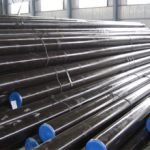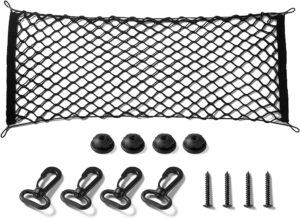Description
Features of AN SI Valve
When choosing a solenoid valve for a marine application, it is important to consider various factors. These include the compatibility of the valve with the fluid it will control, the pressure and temperature requirements, the environmental conditions, and regulatory compliance. Furthermore, it is crucial to ensure proper installation, maintenance, and periodic testing in order to achieve optimal performance and ensure safety.
Fast Response: Solenoid valves can open and close quickly, allowing for rapid control of fluid flow.
Reliability: These valves are often reliable and durable, making them suitable for demanding environments such as marine vessels where reliability is crucial.
Remote Operation: Solenoid valves can be easily integrated into automated systems, allowing for remote operation and control.
Compact Design: They typically have a compact design, making them suitable for installations where space is limited, such as onboard ships.
Energy Efficiency: Solenoid valves consume minimal energy to operate, especially when compared to continuously powered valves.
Wide Range of Applications: They are used in a variety of marine systems, including hydraulic systems, pneumatic systems, fuel systems, water systems, and more.
Ease of Installation: Solenoid valves are generally easy to install and maintain, reducing downtime and maintenance costs.
Versatility: They come in various configurations, sizes, and materials to suit different applications and environments.
Key Features of AN SI Valve
Functionality: An SI valve is designed to regulate the flow of air-fuel mixture into the combustion chamber of an internal combustion engine.
Material: SI valves are typically made of durable materials such as stainless steel or high-grade alloys to withstand high temperatures and pressures within the engine.
Shape and Design: SI valves come in various shapes and designs depending on the engine’s specifications and requirements. They are usually engineered for optimal flow characteristics to ensure efficient combustion.
Valve Seat: SI valves have a valve seat that ensures a tight seal when closed, preventing leakage of the air-fuel mixture during compression and combustion cycles.
Heat Resistance: Since SI valves are exposed to high temperatures generated during combustion, they are often coated with heat-resistant materials or alloys to prevent deformation or damage.
Durability: SI valves are designed to withstand high-speed operation and repetitive cycles of opening and closing without premature wear or failure.
Precision Machining: The manufacturing process of SI valves involves precision machining to achieve tight tolerances and ensure consistent performance.
Compatibility: SI valves need to be compatible with other engine components such as the valve guides, valve springs, and camshaft to ensure proper operation and longevity of the engine.








Reviews
There are no reviews yet.